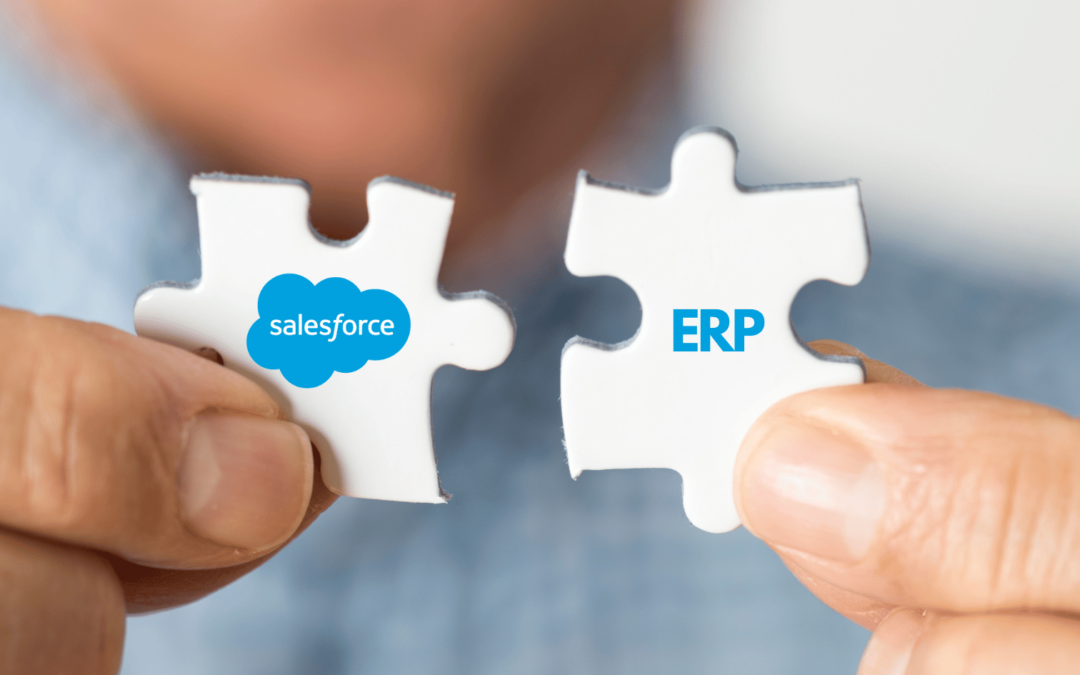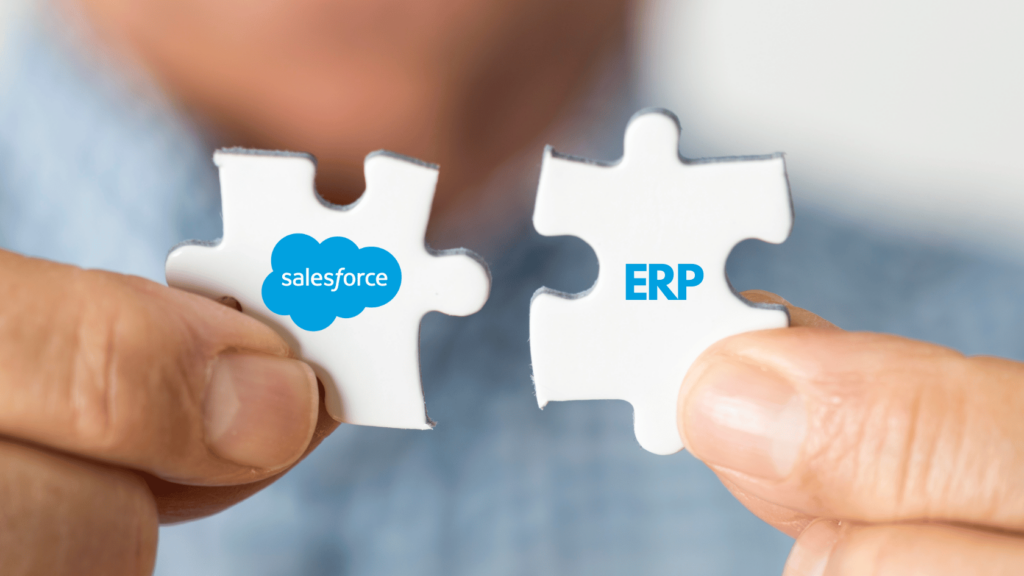
Integrating Your Tech Stack One Bite at a Time

Fully integrating your systems is a process – and trying to integrate everything everywhere all at once can create quite a mess. So, where should you start? To navigate this integration maze successfully, it’s essential to adopt a step-by-step approach, focusing on each pillar of your business one at a time. Let’s delve deeper into a comprehensive roadmap for integrating your entire tech stack seamlessly.
Crafting Your Integration Strategy
Developing a robust integration strategy is the cornerstone of success in unifying your tech stack. Begin by articulating clear objectives and defining what success looks like for your integration initiative. Consider the following questions:
- How will integration align with and contribute to your organization’s overarching goals?
- What specific ROI metrics do you aim to achieve through integration efforts?
- How will integration streamline workflows and enhance collaboration across departments?
By answering these questions thoughtfully, you can establish a cohesive strategy that aligns with your business flow and lays the groundwork for seamless integration.
Pillar-by-Pillar Integration Approach
Take a moment to think of the pillars of your business. Let’s explore each pillar with a goal of connecting a single system at a time to push and pull data in and out of your central CRM hub.
Administration Integration
- Identify the primary administrative tool within your organization, such as an ERP system or accounting software.
- Establish seamless integration with your CRM platform to ensure a centralized repository of customer data, financial records, and operational insights.
- Automate data sync processes to eliminate manual entry errors and enhance data accuracy.
Operations Integration
- Evaluate operational tools and platforms utilized for project management, task allocation, and order fulfillment.
- Integrate these systems with your CRM to enable real-time visibility into project status, inventory levels, and customer interactions.
- Implement bi-directional data synchronization to facilitate information flow between systems and empower decision-making.
Marketing Integration
- Assess the marketing automation tools and analytics platforms employed by your marketing team.
- Integrate these systems with your CRM to create a unified view of customer interactions, campaign performance, and lead generation efforts.
- Leverage integrated data to personalize marketing campaigns, track conversion metrics, and optimize marketing spend.
Sales Integration
- Explore sales enablement tools, prospecting platforms, and customer relationship management solutions utilized by your sales team.
- Integrate these tools seamlessly with your CRM to streamline lead management, opportunity tracking, and sales forecasting.
- Enable data enrichment to provide sales representatives with actionable insights and personalized engagement strategies.
Continuous Optimization and Innovation
Integration is an iterative process that requires ongoing monitoring, optimization, and innovation. By regularly soliciting feedback from end-users, you can identify pain points and areas for improvement within the integrated ecosystem. Stay abreast of emerging technologies and industry best practices to ensure your tech stack remains agile and adaptable to evolving business requirements.
So, if you find yourself asking, “How do I integrate my entire tech stack?”, remember to take it…
One Bite at a Time!
By adopting a methodical, pillar-by-pillar approach to integration, organizations can unlock the full potential of their tech stack and drive sustainable growth. From administration to sales, seamless integration fosters efficiency, collaboration, and data-driven decision-making. Embrace integration as an ongoing journey of optimization and innovation, and position your organization for success in the digital age.
If you’re ready to take this next step in your integration journey and could use some support to get up and running, our team at WhiteRock is here for you and ready to chat.











